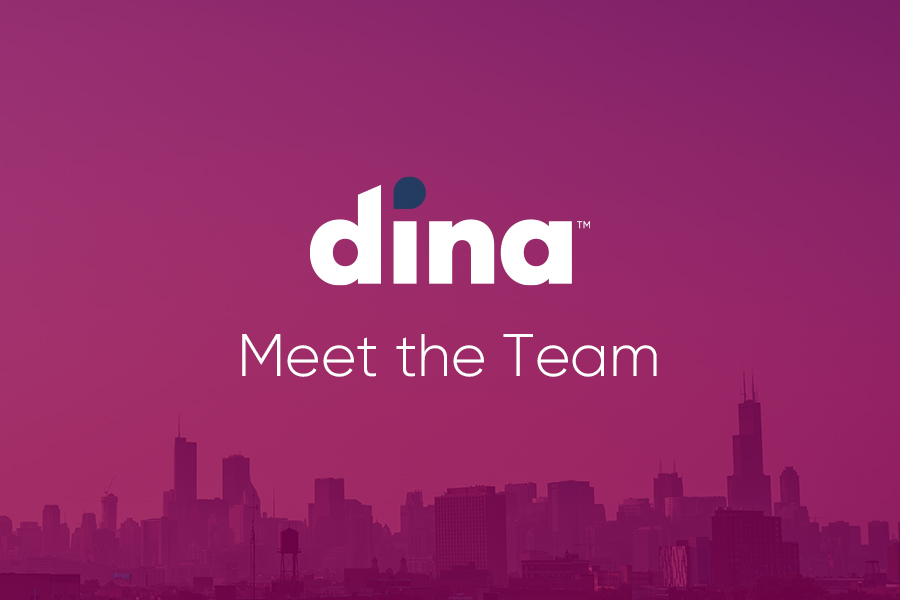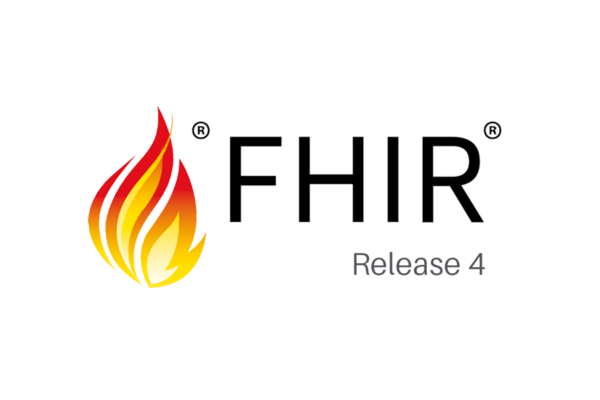
At Dina, we’re working to improve partnerships between hospitals and health plans so they can provide better care for people who want to age in their homes, on their own terms.
A key to helping people age in place is the ability to monitor their status and proactively tend to their healthcare needs. Data transfer and interoperability are important parts of this equation. We’re leveraging the FHIR interoperability standard in new and innovative ways to make it happen.
James Matsumura, part of Dina’s software engineering team, works behind the scenes to bring our vision of the connected home to life.
James builds out communication protocols to ensure a seamless connection with our partners. A former biology major who has also worked on vaccines targeting malaria, his focus has always been in healthcare.
“I want to help people at scale and build something incredible,” he said. James answers three questions about the need to level up hospital technology and improve data transfer.
1. Hospitals and health systems aren’t known as technology leaders. What are some of the challenges you face trying to connect in this environment?
We want to bring an enterprise-level, easy-to-navigate feel to our application, similar to what you’d find with Facebook or LinkedIn. Often in healthcare and IT, you’re working with antiquated systems. The Dina app feels so much more modern than what a lot of hospitals are used to, and we try our best not to fall back on the boundaries or restrictions of outdated hospital systems and equipment. Our goal is always to give our users the most seamless and easy experience possible.
Often in healthcare and IT, you’re working with antiquated systems. The Dina app feels more modern than what a lot of hospitals are used to.
There are always hurdles to overcome. For example, we can’t expect hospital users to all be on the latest version of a MacBook, so we need to accommodate that reality without compromising the experience. We really try to level up what they’re used to regardless of those sorts of confines. That’s always top of mind.
2. How has data sharing and interoperability improved or changed?
The FHIR interoperability standard, which we have implemented as an API, is recognized as the most advanced way for our customers to electronically exchange health information in real time. We’re leveraging it to drive innovation around data sharing with home-based organizations to discover new interventions that can address an individual’s social determinants of health.
Everyone agrees that this is the language to speak when we’re talking about medical entities. I’m really excited about making it more robust, just making it easier to interface with Dina. As our FHIR API matures, it will be quicker to ramp up, we can eliminate any chance of possible double entry, and streamline workflow to ensure there is consistency across the care continuum.
We are empowering our customers to use the data they are capturing in their EMRs and our platform to better care for people in their homes and communities.That’s really the ideal state.
3. What’s next for FHIR and Dina?
FHIR has removed a lot of the burden and complexity in data sharing. When we’re using a FHIR interface as an entry point, there’s not a lot of lifting to do to integrate. You don’t have to build a custom Dina interface to be part of our ecosystem. What used to take months can now happen in a matter of hours or days.
What used to take months can now happen in a matter of hours or days.
We’ll continue to make it easy and accessible for hospitals to adopt, so many more people can get access to a tool like Dina. So much of our company’s mission is about the patient and providing better care, to actually have an impact. We want to remove unnecessary touch points and focus on those moments that matter the most. That accessibility opens up a lot of doors.
Want more Dina news? Sign up for our newsletter for twice-a-month industry updates.





